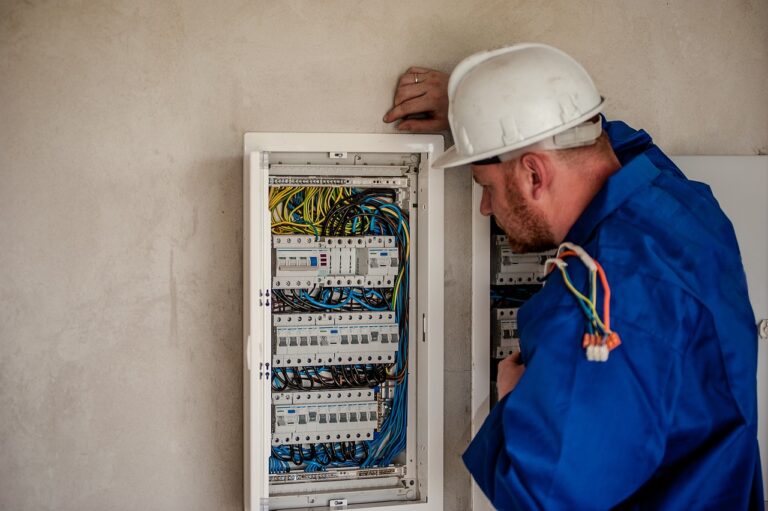Exploring the Role of Emotional Design in Teletherapy Devices
bit bhai 9, radhe exchange, lotus365.win login:Exploring the Role of Emotional Design in Teletherapy Devices
In recent years, teletherapy has gained popularity as a convenient and accessible way to receive mental health support. With the rise of teletherapy devices, there has been a growing focus on the role of emotional design in enhancing the user experience and effectiveness of these tools. Emotional design refers to the practice of creating products that evoke emotions and engage users on a deeper level. In the context of teletherapy devices, emotional design plays a crucial role in building trust, fostering connection, and encouraging engagement with the therapy process.
Emotional design in teletherapy devices involves incorporating elements that appeal to users’ emotions, thoughts, and feelings. This can include the use of colors, images, sounds, and interactive features that are designed to create a sense of comfort, security, and empathy. By designing teletherapy devices with emotional considerations in mind, developers can create a more engaging and effective platform for delivering mental health support.
One key aspect of emotional design in teletherapy devices is the use of empathetic interfaces. Empathy is essential in the field of mental health, as it helps therapists build rapport with clients and understand their emotions and concerns. Teletherapy devices that feature empathetic interfaces can help users feel heard, understood, and supported, even when communicating with a virtual therapist. By incorporating empathetic design elements, such as personalized messages, compassionate imagery, and reassuring tones, teletherapy devices can create a more positive and supportive user experience.
Another important component of emotional design in teletherapy devices is the use of calming and soothing aesthetics. Mental health support can be a sensitive and emotional process, so it is important for teletherapy devices to create a calming and supportive environment for users. This can be achieved through the use of soft colors, natural imagery, and relaxing sounds that help users feel at ease and comfortable during their therapy sessions. By designing teletherapy devices with calming aesthetics, developers can create a more nurturing and therapeutic experience for users.
In addition to empathetic interfaces and calming aesthetics, teletherapy devices can also benefit from the use of interactive features that encourage engagement and participation. Interactive elements, such as quizzes, games, and guided activities, can help users stay motivated and focused during their therapy sessions. By providing interactive features that stimulate the mind and encourage self-reflection, teletherapy devices can enhance the effectiveness of the therapy process and help users make meaningful progress towards their mental health goals.
Overall, the role of emotional design in teletherapy devices is crucial for creating a supportive, engaging, and effective platform for delivering mental health support. By incorporating empathetic interfaces, calming aesthetics, and interactive features, developers can design teletherapy devices that resonate with users on an emotional level and facilitate meaningful connections between therapists and clients. Through thoughtful and intentional design, teletherapy devices can help improve access to mental health care and empower individuals to prioritize their emotional well-being.
FAQs
Q: How does emotional design impact the effectiveness of teletherapy devices?
A: Emotional design in teletherapy devices helps create a more supportive and engaging user experience, which can enhance the effectiveness of therapy sessions and improve outcomes for clients.
Q: What are some examples of emotional design elements in teletherapy devices?
A: Examples of emotional design elements in teletherapy devices include empathetic interfaces, calming aesthetics, and interactive features that encourage engagement and participation.
Q: How can teletherapy devices benefit from emotional design principles?
A: Teletherapy devices can benefit from emotional design principles by creating a more empathetic and supportive environment for users, which can help build trust, foster connection, and encourage engagement with the therapy process.







